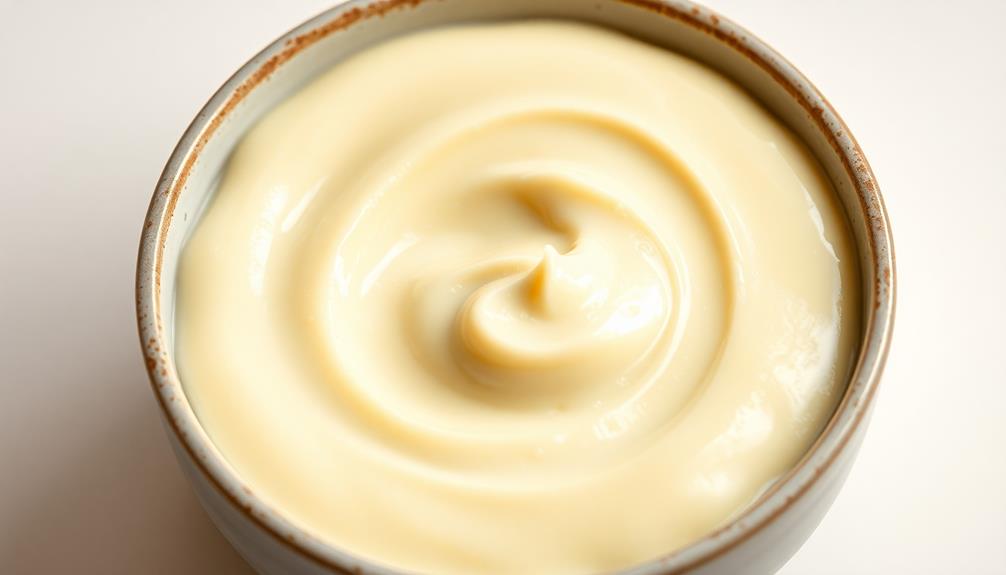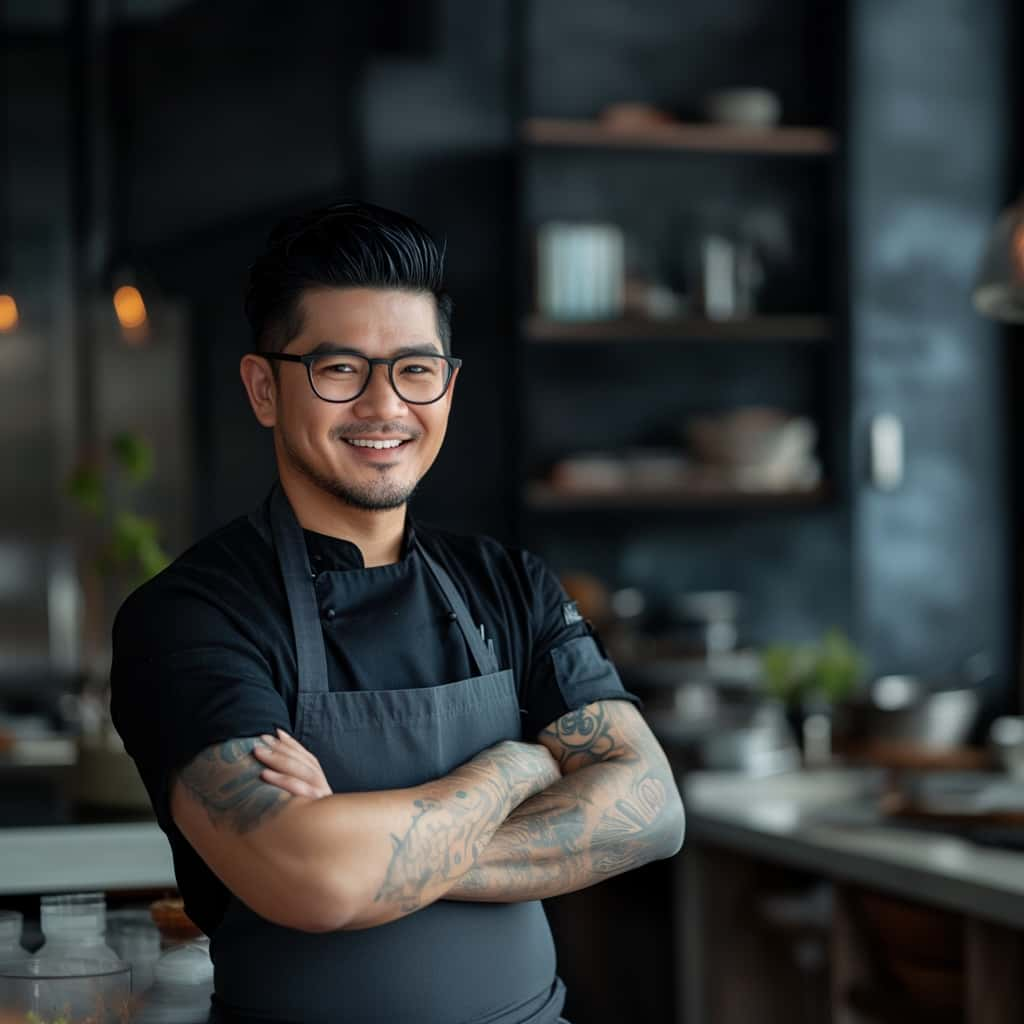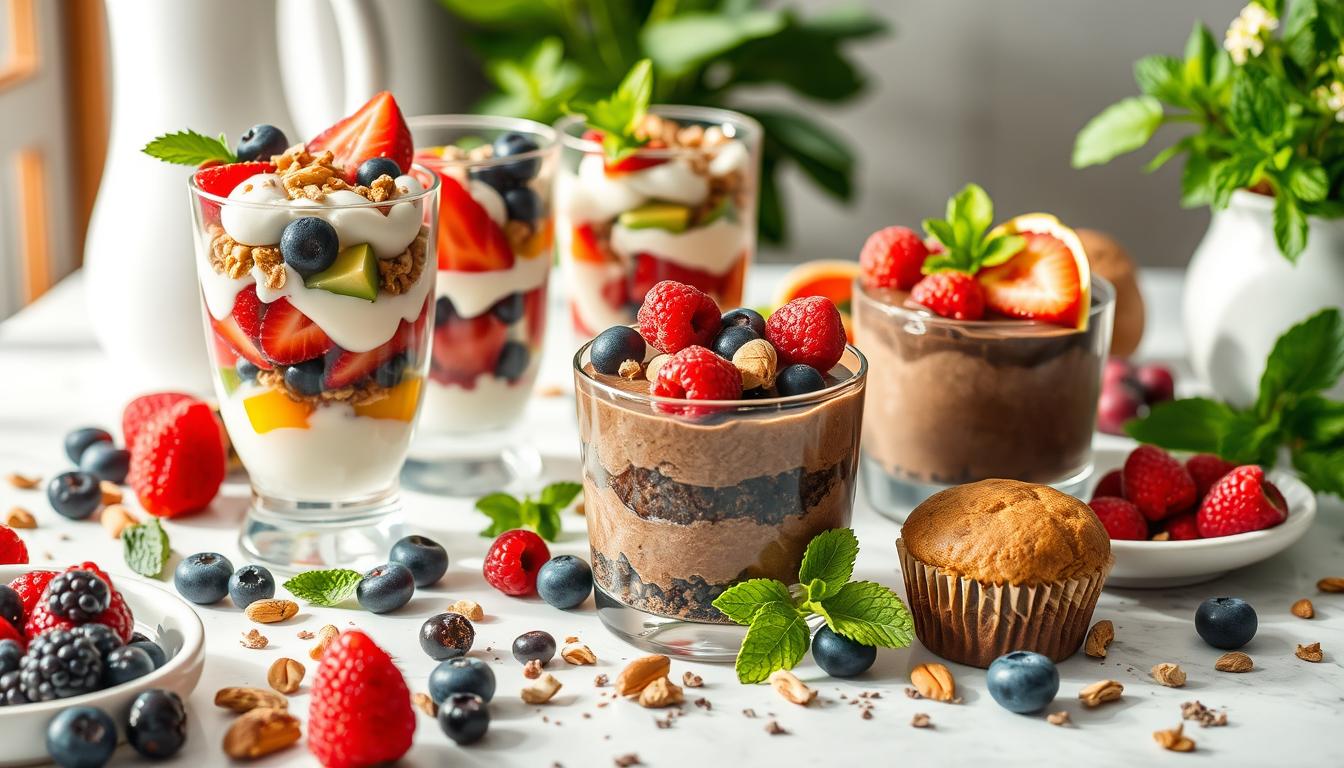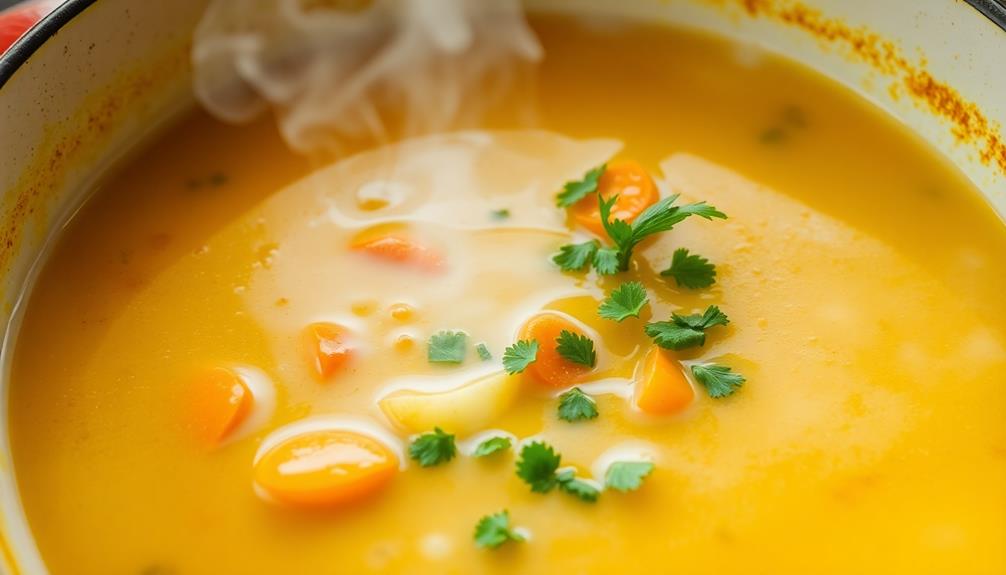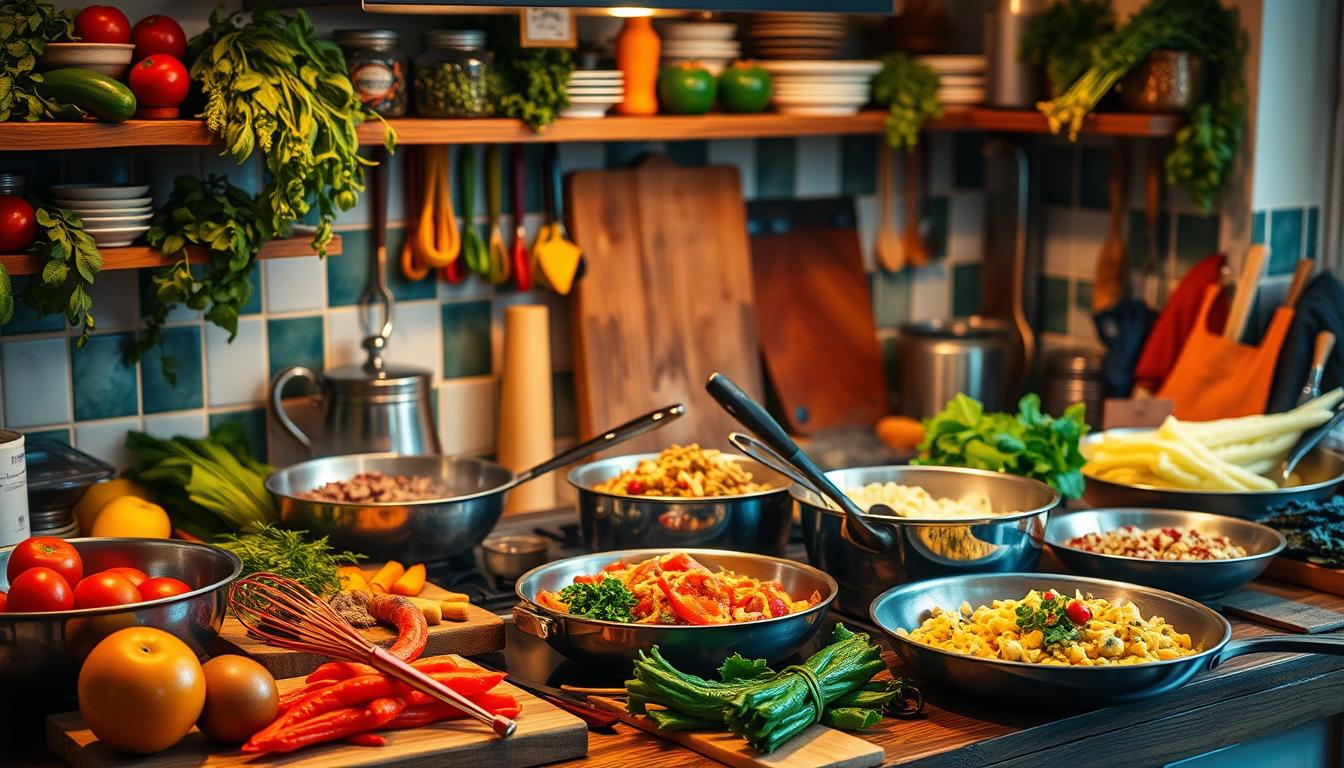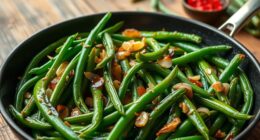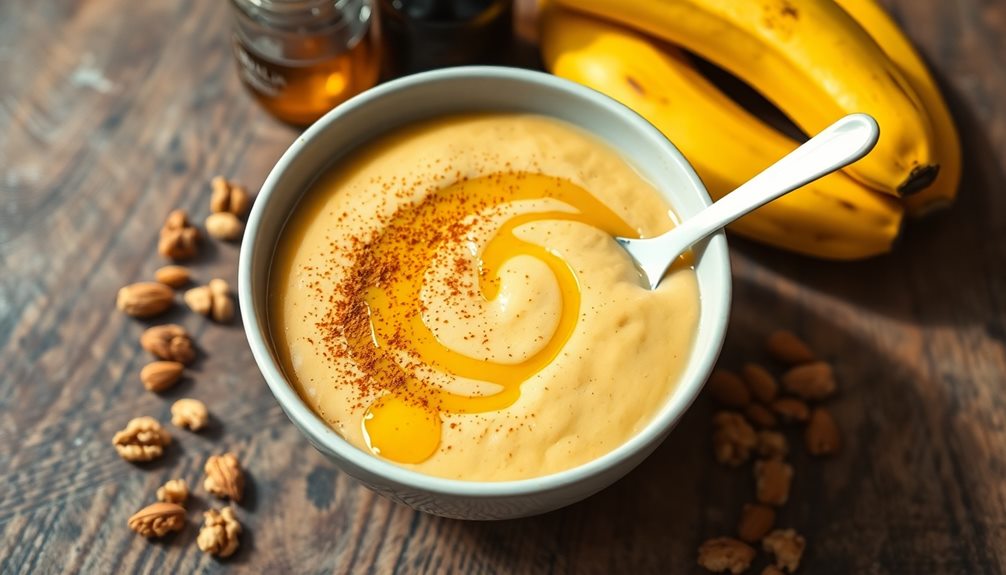Have you ever sat down to a meal that not only tasted amazing but also looked like a work of art? It’s a memory that lingers long after the meal is finished. In today’s world, where food is frequently shared across social media platforms, the visual appeal of your dishes matters more than ever. Food presentation techniques are not just about aesthetics; they play a crucial role in enhancing your dining experience. The way a dish is presented can evoke excitement, stimulate your appetite, and even elevate the perceived value of your meal. Imagine the satisfaction of delighting not just the palate, but also the eyes—transforming each meal into a celebration through culinary art presentation. As you embark on your journey to create elegant food displays, remember that every dish has a story to tell, and you can be the narrator.
Key Takeaways
- Food presentation significantly impacts diners’ perceptions and their willingness to pay.
- Using smaller portion sizes can enhance the overall dining experience.
- Vibrant colors and textures can make your dishes more appealing and shareable online.
- Three-dimensional plating can give your meals a more elaborate appearance.
- The right tableware is essential for effective food plating and overall aesthetic.
- Balance and flow are critical for creating visually appealing dishes.
The Importance of Food Presentation
Food presentation plays a vital role in the way diners experience their meals. Creating visually appealing dishes goes beyond just taste; it also engages the senses through sight and texture. Exceptional food plating tips contribute to lasting impressions, making it essential for chefs to master this art in various culinary settings.
Engaging the Senses
The impact of visual appeal on our perception of food cannot be underestimated. Studies show that people are more likely to enjoy meals that are presented beautifully. Colors, shapes, and textures can enhance the flavor experience, leading to an elevated dining moment. When you plate your meals artistically, you invite diners to appreciate not just the taste, but also the visual composition. A strategic arrangement can add an element of surprise and delight, capturing attention even before the first bite is taken.
Perceived Value of Aesthetically Pleasing Dishes
Customers often perceive higher value in aesthetically pleasing dishes. Research highlights that many diners are willing to pay more for meals that are well-garnished and thoughtfully presented. This connection between food presentation and perceived value impacts customer satisfaction and loyalty. Engaging in effective plating techniques can significantly influence a restaurant’s reputation, as good presentation often translates to good taste in diners’ minds.

Maintaining a balance between practicality and artistic flair in food presentation demonstrates professionalism, which can enhance diners’ overall experience. With a growing emphasis on social media, restaurants can gain additional visibility as satisfied customers share images of visually appealing dishes. Understanding these elements is crucial for any chef or food enthusiast looking to elevate their culinary creations.
| Aspect | Impact |
|---|---|
| Visual Appeal | Enhances overall dining experience |
| Color Psychology | Affects perception and appetite |
| Presentation Techniques | Improves perceived value and willingness to pay |
| Social Media Sharing | Increases restaurant visibility and potential sales |
Understanding Meal Presentation Techniques
Meal presentation techniques form the backbone of how food is perceived by diners. The way you display a dish not only enhances its visual appeal but also directly influences the dining experience. Understanding these techniques is essential for both aspiring chefs and those cooking at home, as professional dish styling can transform an ordinary meal into a culinary masterpiece.
Defining Meal Presentation
Meal presentation involves arranging and displaying food attractively on the plate. This practice has historical roots, dating back to the French court in the 1600s, where Louis XIV emphasized the importance of elegant presentation. Over time, this practice evolved, particularly in the 19th century with the contributions of chefs like Auguste Escoffier. Today, the rise of social media platforms, especially Instagram, has pushed contemporary culinary art presentation trends towards bolder colors and unusual shapes.
Key Elements of Presentation
Several key elements contribute to effective meal presentation, each enhancing the overall experience: In addition to attractive plating, the use of vibrant and contrasting colors, as well as various textures, can make a dish visually appealing. Utilizing fresh herbs, edible flowers, or decorative garnishes can also add a pop of color and elevate the presentation. Finally, incorporating exciting new meal ideas, such as fusion cuisine or innovative cooking techniques, can further captivate the diner’s attention and make the dining experience memorable. Overall, effective meal presentation is a multi-faceted approach that considers not only the taste of the dish, but also its visual appeal and creativity.
- Color: Utilizing contrasting colors not only makes dishes eye-catching but can also enhance perceived flavor. Chef Joyce Tang notes the importance of color coordination in creating visually appealing plates.
- Arrangement: The way food is placed on the plate matters. Proper arrangement can emphasize focal points, making meals easier to serve and enjoy.
- Balance: A well-balanced plate avoids overcrowding, which can lead to a chaotic look. A thoughtful layout invites diners to appreciate each component.
- Texture: Combining smooth and crunchy elements adds an exciting dimension to the dining experience. Texture not only beautifies the dish but also enhances flavor.
- Guest Ease: Consideration of how easy it is for diners to eat affects satisfaction. Thoughtful plating techniques can improve the overall eating experience.
As you delve into the world of meal presentation, remember that essential tools like tongs, tweezers, and molds can assist in achieving a professional-level look, even in home kitchens. Engaging with meal presentation techniques enhances not just the aesthetics of a dish but raises the perceived value, making diners willing to pay a premium for such experiences.

Create Height on the Plate
Creating height on a plate is vital to achieving an impactful presentation. This technique draws attention and adds a dynamic element to your meal, transforming ordinary fare into a stunning masterpiece. Building from the bottom up allows you to layer ingredients thoughtfully, enriching both the visual and textural experience. Incorporating gourmet plating techniques enhances the appeal of your elegant food displays.
Building from the Bottom Up
Start with a solid foundation for your plate. Consider the plate size; you want your food to stand out without appearing lost. Utilize light vs. dark plates thoughtfully, as each can elevate the colors of your dish. Begin layering with moist ingredients to set a base before adding drier components. This prevents mixture and maintains each texture’s integrity while creating a clear visual direction.
Examples of Height Creation
Layered desserts like parfaits or architectural stacks of proteins provide eye-catching height. Ring molds are perfect for structuring ingredients while adding a modern touch. Don’t forget to experiment with fanned-out slices of proteins or arranging vegetables upright. Consider odd numbers of items to draw the eye naturally, creating a focal point that looks effortlessly balanced.

Professional Dish Styling Secrets
Presenting food with an eye for detail transforms the dining experience. Mastering techniques that highlight *texture* and *color* elevates the aesthetics on any plate. The strategic use of textures, from creamy foams to rich sauces, invites diners to engage with the dish. In the realm of food plating tips, contrasting colors for visual appeal serve a crucial role. They not only stimulate the appetite but also enhance the anticipation of what lies ahead.
The Role of Texture
Textures add depth and interest to your dishes. Varying textures can create an exciting balance on the plate, leading to a more enjoyable dining experience. For example, consider a dish that combines crispy elements with smooth sauces. The interplay of these textures not only looks appealing but also engages your senses—pulling you in for the first bite.
Contrasting Colors for Visual Appeal
Bright colors such as red, yellow, and green are essential in food plating. These hues not only attract attention but also stimulate appetite, increasing the chance that diners will enjoy more of their meal. An aesthetically pleasing dish encourages diners to pause for a moment, take a picture, and share it on social media, turning your thoughtful presentation into a powerful marketing tool. The perception of quality rises dramatically when using natural materials like wood or slate for serving dishes. For a dynamic presentation, use the bathing technique, presenting the main dish surrounded by a flavorful sauce, enhancing both taste and visual appeal.

| Color | Effect | Recommendation |
|---|---|---|
| Red | Stimulates appetite | Incorporate in main components or sauces |
| Yellow | Increases joy | Use for sides or garnishes |
| Green | Represents freshness | Add fresh herbs or vegetables |
| Natural tones (beige, brown) | Creates warmth | Utilize in tableware and backgrounds |
Table Setting Aesthetics
Creating memorable dining experiences relies heavily on table setting aesthetics. You can transform your meal’s ambiance by carefully choosing the right tableware. The visual appeal of your table not only enhances the elegance of food displays but also sets the mood for your guests, making every occasion a remarkable one.
Choosing the Right Tableware
The selection of tableware plays a pivotal role in the overall presentation of a meal. Using distinctive pieces can leave a lasting impression. Consider the following tips when selecting your tableware:
- Opt for quality over quantity; choose durable yet stylish options.
- Mix and match colors and patterns that complement your meal’s theme for a chic touch.
- Ensure utensils are polished to create a refined look.
- Consider seasonal elements, such as ocean-themed centerpieces for summer, to add character.
Using informative resources from providers like WebstaurantStore can help streamline your choices, aligning them with your unique theme or restaurant brand.
Matching the Theme of Your Meal
Every meal has a story, and the table setting should echo that narrative. Whether it’s a formal dinner or a casual gathering, matching the theme enhances the experience. Here are a few strategies:
- Incorporate color schemes that resonate with the season or occasion.
- Utilize guidelines from resources such as the Emily Post Institute for consistent placement of cutlery and glassware.
- Adhere to formal setups for special occasions, ensuring glasses are positioned appropriately relative to plates.
By observing the aesthetics of table settings and focusing on elegant food displays, you ensure a polished and memorable dining experience.

Food Plating Tips for Home Chefs
For home chefs looking to elevate their culinary creations, mastering food plating tips can significantly enhance your meal presentation techniques. Simple approaches can lead to stunning results while maintaining a focus on the quality of your ingredients.
Start Simple: Less is More
Adopting the principle of “less is more” in your plating allows the essential components of each dish to shine. Aim for a clean, uncluttered presentation, which not only looks appealing but also emphasizes the flavors and details of your meal. This method encourages creativity while ensuring that each element has room to breathe on the plate.
Utilizing Smaller Portion Sizes
Reducing your portion sizes can create a more refined and sophisticated plate. Smaller servings often appear more elegant and allow you to emphasize the quality and presentation of each ingredient. A well-arranged plate featuring smaller portions looks polished and can make your dining experience feel upscale. Consider using unique serving dishes or rotate between different styles to keep things interesting.

Gourmet Plating Techniques
Gourmet plating techniques not only elevate your dishes but also enhance their aesthetic appeal. By implementing creative presentation ideas, you can transform a simple meal into an extraordinary culinary experience. One essential aspect is the incorporation of edible garnishes, which not only beautify the plate but also complement the flavors of the dish.
Incorporating Edible Garnishes
Edible garnishes such as fresh herbs, edible flowers, or colorful sauces serve multiple purposes. They add vibrant colors that stimulate the appetite and enhance the overall appearance of your meal. Strategically placing these garnishes can create an inviting visual while ensuring that they play a role in flavor. Consider garnishing with herbs like basil or microgreens, which not only look appealing but also offer fresh taste elements.
Artistic Arrangements of Ingredients
Artistic arrangements of ingredients are crucial for achieving a gourmet platter. You can utilize various plating methods including classic, free form, and landscape layouts to display your dish impressively. Following the rule of thirds, where the focal point is slightly off-center, can enhance visual interest. When plating, start with moist ingredients, which act as the foundation, and build around them with solid components for a balanced look. Creating flavor bites by combining complementary tastes in each forkful makes the dining experience satisfying.

| Garnish Type | Purpose | Examples |
|---|---|---|
| Herbs | Add flavor and color | Basil, parsley, chives |
| Edible Flowers | Enhance visual appeal | Marigold, pansy, nasturtium |
| Colorful Sauces | Provide depth and contrast | Balsamic reduction, coulis |
| Crispy Elements | Add texture | Fried shallots, chips |
With the right gourmet plating techniques, your dishes can become artful expressions of culinary creativity, transforming each meal into a feast for the eyes as well as the palate.
Creative Presentation Ideas
When it comes to culinary art presentation, utilizing seasonal ingredients can significantly enhance the visual appeal and flavor of your dishes. Fresh, seasonal produce not only adds vibrant colors but also brings out the best textures and tastes, making your meals pop. By embracing the diversity of seasonal offerings, you can create a stunning atmosphere on the plate that highlights the harvest of each time of year.
Incorporating Seasonal Ingredients
Using local and seasonal ingredients serves as an excellent approach to elevate your dishes. You can take advantage of fruits and vegetables that are currently in season, which often boast enhanced flavor and nutrition. This strategy not only promotes sustainability but also supports local farmers.
- Spring: Try incorporating asparagus and radishes for a fresh crunch.
- Summer: Use vibrant tomatoes and sweet corn to make colorful salads.
- Fall: Add roasted pumpkin and squash for warm, cozy flavors.
- Winter: Garnish with hearty greens like kale and Brussels sprouts.
Playing with Shapes and Arrangements
Exploring shapes and arrangements can result in truly creative presentation ideas. Odd numbers of items create a natural focal point, while varying shapes and heights can draw the diner’s eye across the plate. Consider using elements like circular designs or stacked layers that add dimension and intrigue.
Here are a few ideas:
- Arrange pieces of shrimp or scallops in a spiral for a dynamic effect.
- Serve sauces in soft strokes or as dots to create visual interest.
- Experiment with wooden boards or plates of various colors to enhance the presentation.

By integrating these innovative techniques into your culinary art presentation, you can delight your guests and foster an engaging dining experience. Thoughtful aesthetics lead to meals that not only taste better, but also leave lasting impressions, enticing diners to return for more.
Maintaining Consistency in Presentation
Consistency plays a vital role in defining your restaurant’s identity. Each plate should mirror the theme and ambiance your establishment conveys. Professional dish styling extends beyond aesthetics; it creates expectations among your customers. Attaining this level of consistency necessitates a strategic approach towards training and operational standards.
Reflecting Your Restaurant’s Theme
Your restaurant’s theme should resonate throughout every element of food presentation. Aligning each dish with overall table setting aesthetics promotes a harmonious dining experience. This involves careful selection of ingredients, serving methods, and even the plateware used. Consistency here helps establish a brand identity, making it easier for patrons to recognize and trust your offerings.
Training Staff on Presentation Standards
Training staff members on presentation standards is paramount. Eight contributors from the community highlighted the importance of equipping staff with the skills necessary for maintaining food presentation quality and service standards. Implementing quality control systems ensures that every plate meets predetermined standards before leaving the kitchen. This also involves developing streamlined processes that accommodate busy kitchen environments, allowing for continued consistency during peak times.
To optimize food presentation, consider these key strategies:
- Establish a set of standardized recipes.
- Regularly conduct training sessions focusing on presentation techniques.
- Encourage feedback loops from customers, staff, and management for continuous improvement.
- Monitor customer satisfaction indicators to adjust as needed.
Incorporating these practices not only enhances dish presentation but contributes significantly to customer satisfaction and loyalty, which are crucial for the success of any food and beverage business.

Conclusion
In conclusion, mastering meal presentation techniques is essential for elevating the dining experience and leaving a memorable impression on your guests. The way you present a dish speaks volumes about your culinary skills and creativity, showcasing not only the flavors but also the artistry behind the meal. Food plating tips can greatly enhance aesthetic appeal, enticing diners and contributing to their overall satisfaction.
As highlighted throughout this article, food presentation goes beyond mere decoration—it’s a crucial component of the culinary arts that can influence diners’ perceptions of taste and value. Whether you’re a seasoned chef or a home cook, applying effective meal presentation techniques can escalate your culinary prowess, paving the way for success in the competitive food industry.
Finally, remember that a well-styled plate not only delights the eye but also heightens anticipation. By embracing innovative food plating tips and dedicating time to mastering presentation skills, you can transform every dining experience into an unforgettable occasion that resonates with quality and passion.

